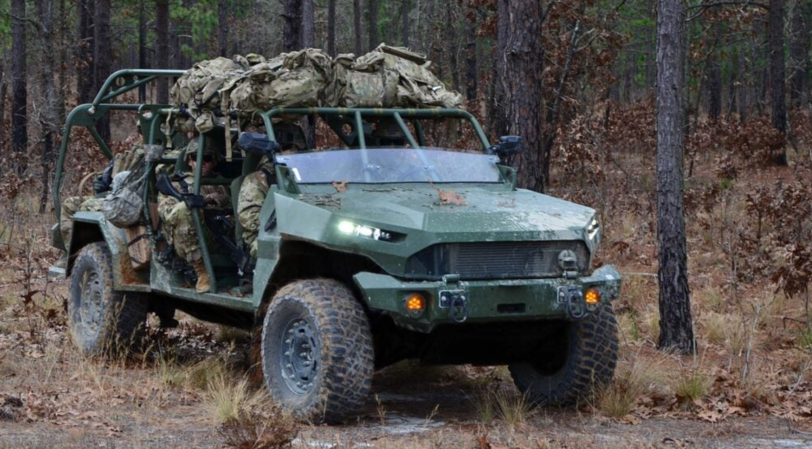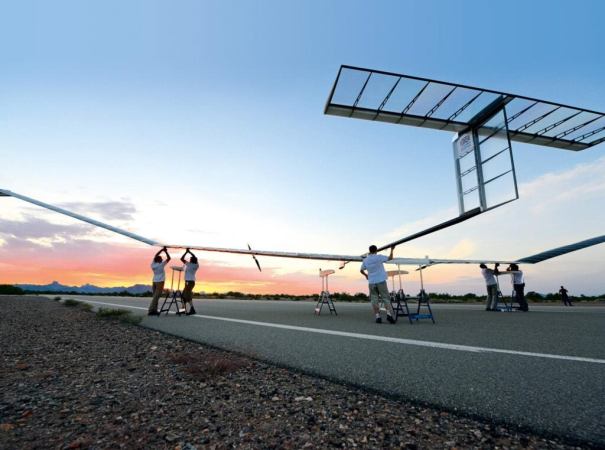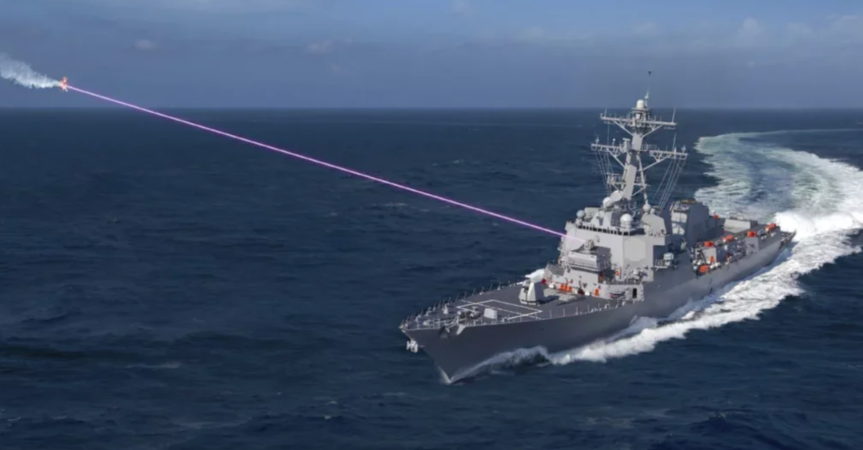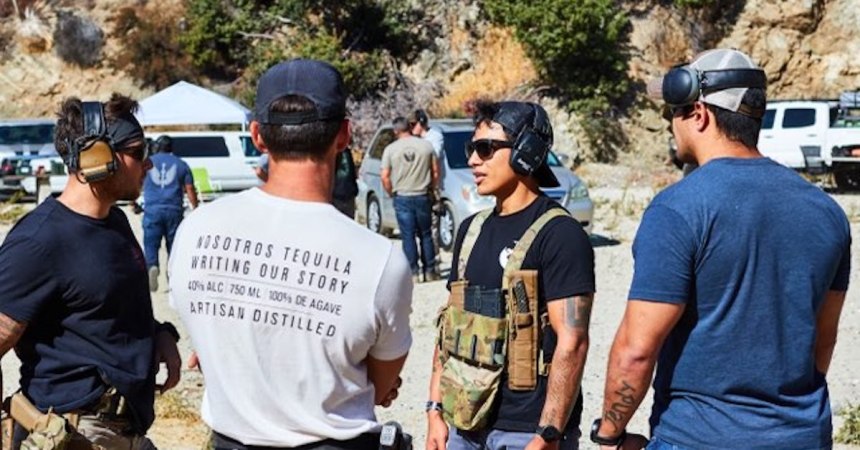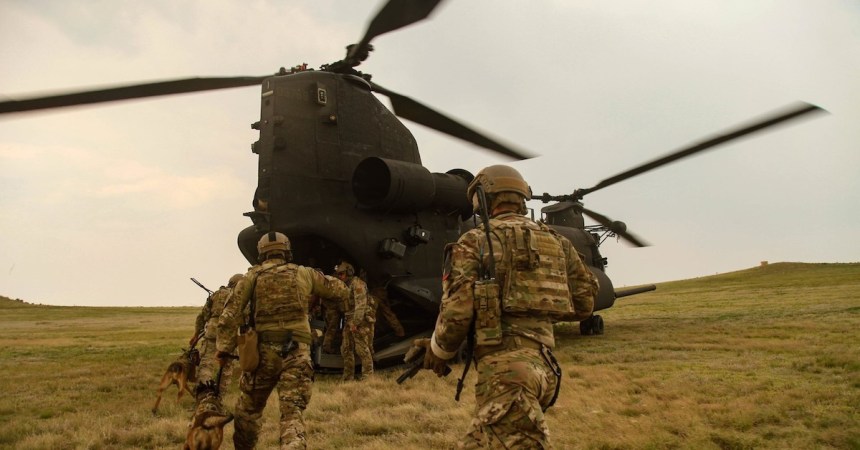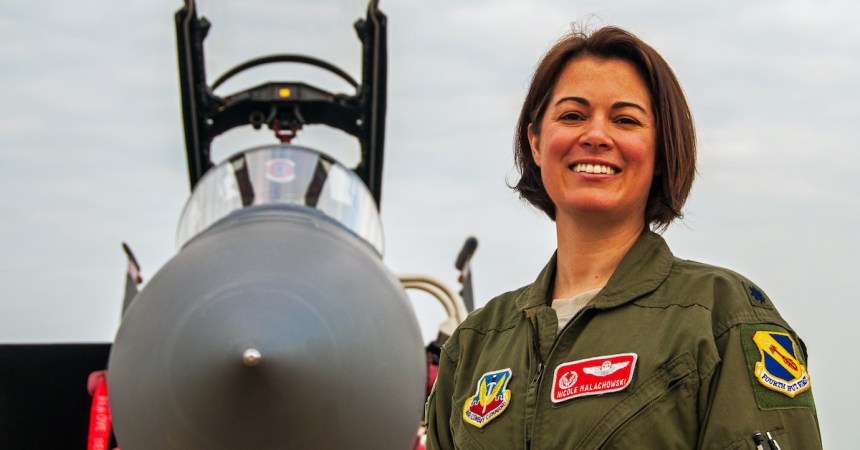During a recent Army exercise, a prototype laser shot down so many drones that its operator started losing count. “I took down, I want to say, twelve?” Staff Sgt. Eric Davis told reporters. “It was extremely effective.”
The Army has made air defense an urgent priority, especially against drones. Once icons of American technological supremacy, unmanned aircraft have proliferated to adversaries around the world. The Islamic State uses them for ad hoc bombing attacks; the Russian army to spot Ukrainian units for artillery barrages.
So last month’s Maneuver Fires Integrated Experiment threw 14 different types of drones against a slate of counter-UAS technologies, from a .50 caliber machine gun loaded with special drone-killing rounds, to acoustic sensors that listened for incoming drones, to jammers mounted on rugged, air-droppable Polaris 4x4s.
But the laser was the star.

The Army wants to arm the versatile Stryker combat vehicle with high-energy lasers to defeat a variety of threats — including drones. (Photo: US Army)
“We had a lot of fun with the Stryker vehicle this time,” said John Haithcock, the civilian director of the Fires Battle Lab at Fort Sill, which hosts the exercise. The Stryker is a moderately armored eight-wheel-drive vehicle, lighter than an M1 tank or M2 Bradley but much heavier and more robust than a Humvee or MRAP, and its boxy hull has proved adaptable to a host of variants.
Earlier MFIX exercises had tested a counter-drone Stryker, with radar and optical sensors to detect drones, plus jammers to scramble drones’ datalinks, causing them to lose contact with their operators and even crash. Two prototypes of this CMIC vehicle (Counter-UAS Mobile Integrated Capability) are now in Europe with the 2nd Cavalry Regiment, the unit on the cutting edge of testing new technology to counter the Russians.
But there’s still space and electrical power to spare on the CMIC Stryker, so for April’s MFIX the Army added the 5 kilowatt laser, derived from the Boeing-General Dynamics MEHEL 2-kw prototype. For November’s MFIX, they plan to double the power, 10 kilowatts, which will let it kill drones faster — since the beam delivers more energy per second — and further away. If November’s tests go equally well, Haithcock said, the 10 kw laser Stryker will graduate to an Army-led Joint Warfighting Assessment at Fort Bliss, Texas, where soldiers will test it in all-out mock battle.
Not that the MFIX exercise was easy: Soldiers operating the laser Stryker had to contend with real drones and simulated artillery barrages. Just managing the Stryker’s complex capabilities — laser, radar, jammers, sensors — was challenging. In fact, a big part of the experiment was assessing whether the soldiers’ suffered “task saturation,” a polite way of saying “overloaded.”
“The crew on the Stryker had never worked together….We didn’t know each other,” Staff Sgt. Davis said. “(But) all the systems were pretty easy to use, and after 15-20 minutes, I was able to program all the different types of equipment.”
Once the shooting started, he managed to multi-task, Davis said: “I was able to troubleshoot the radar while I was using the laser.” The artillerymen manning the laser Stryker were even able to continue acting as forward observers, spotting targets for artillery attack, at the same time they defended the force against incoming drones.
A Stryker-mounted 10 kw laser should be far more maneuverable and survivable on the front lines than the Army’s early experiment, a 10 kw weapon on an unarmored heavy truck. (The truck’s still in play as a platform for a 60 kw long-range laser to kill artillery rockets). But a Stryker is too much hardware for the Army’s light infantry brigades, which mostly move on foot with a smattering of Humvees and other offroad vehicles.
For those forces, this MFIX experimented with splitting the CMIC kit of sensors and jammers across two Polaris MRZR 4x4s. The Army also tested a heavy-duty jammer called the Anti-UAV Defense System (AUDS), currently mounted on a cargo pallet in the back of a medium truck but potentially Polaris-transportable as well. No word whether they can make a laser that compact — at least, not yet.






